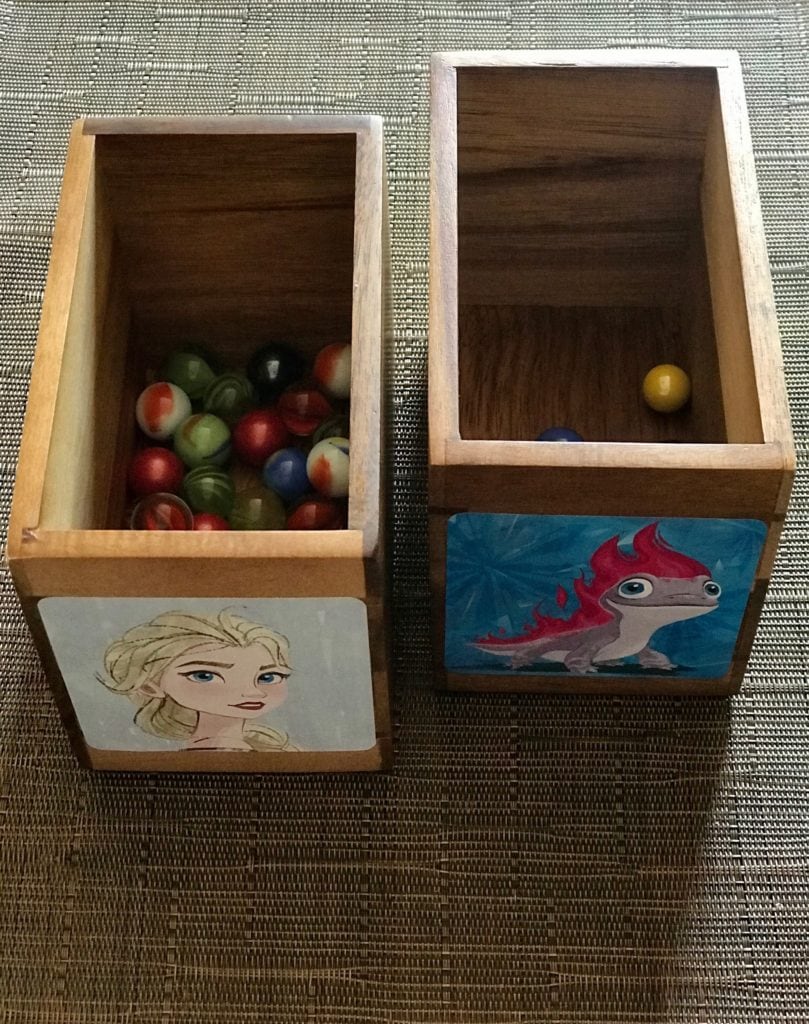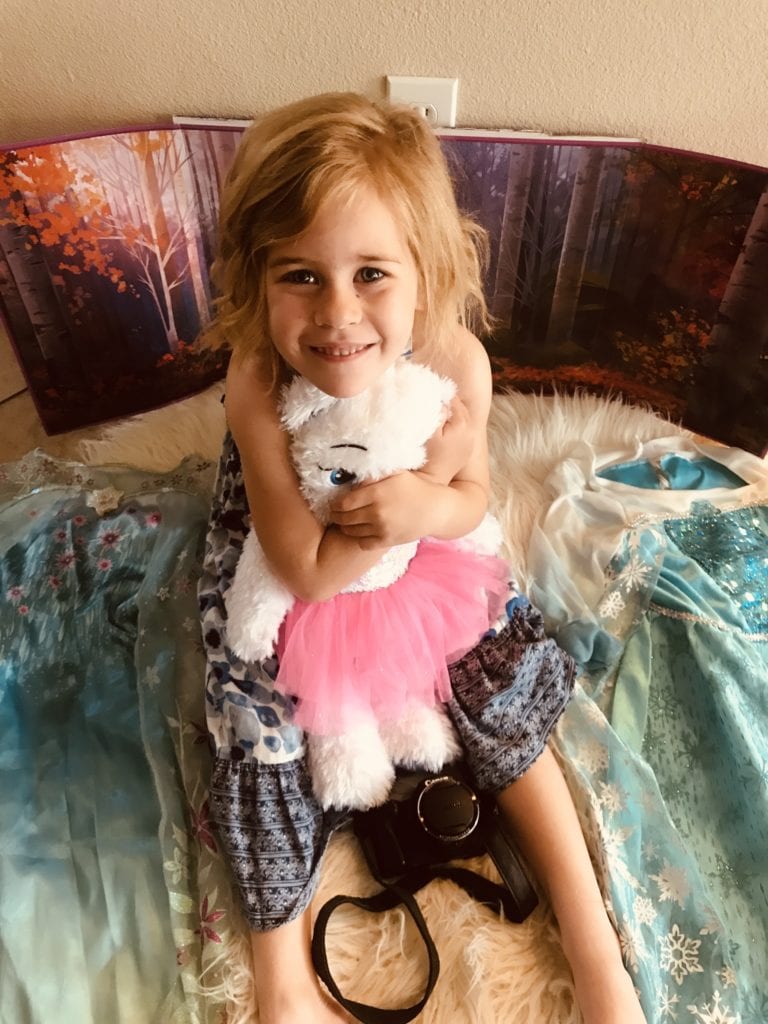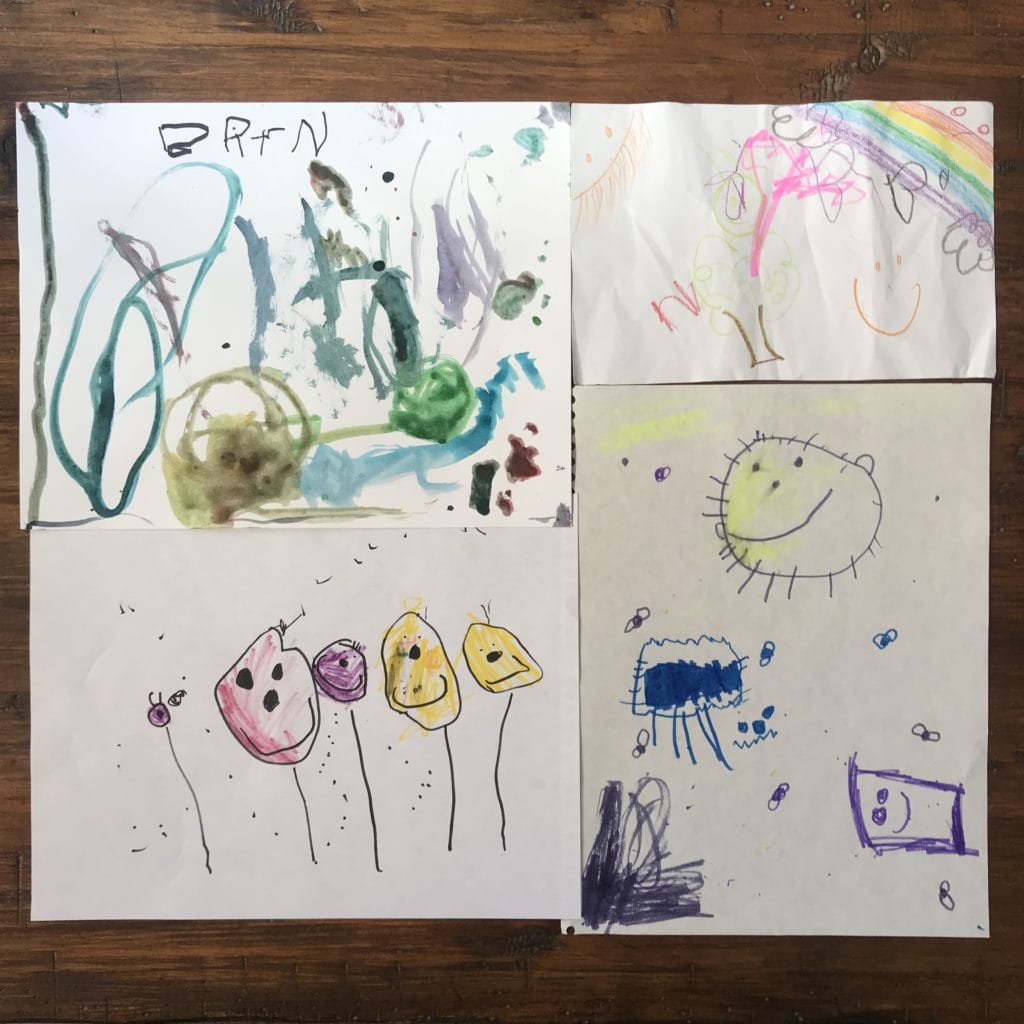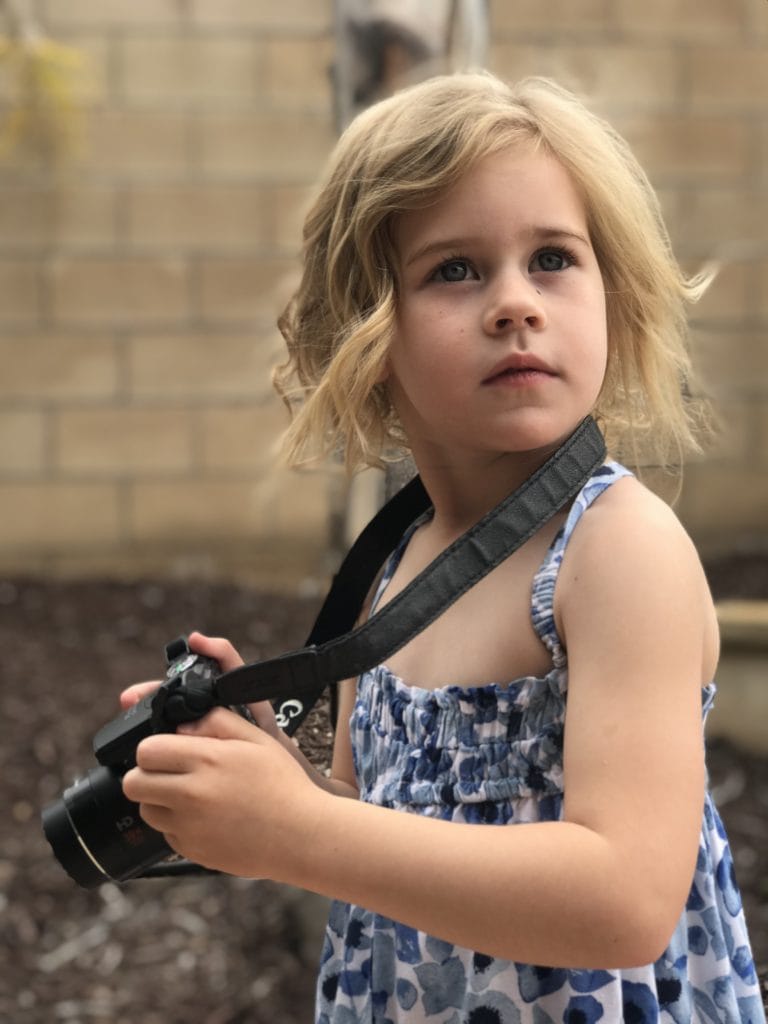
Life is good, we’re not rich, but we’re not poor. We’ve established a comfortable middle class living and are able to afford things for our child we never could have imagined for ourselves in our own youth. We both came from low income families and learned the value of a dollar very early in life. If there was something we wanted, there were two days a year we could hope to get it, on our birthday and Christmas. Finances were tight growing up and the idea of an allowance wasn’t practical. Paying me to do the dishes, take out the trash, walk the dog or whatever chore it was that needed done couldn’t be justified when food was scarce, bills weren’t paid, and debt was piling. Paying me an allowance for good behavior was out of the question.
Now that I have a child of my own, I see the importance of creating an allowance or monetary system for her. Especially since we have the present ability to afford her things we didn’t have access to growing up. So the dilemma I was faced with, how do I give her access to more, but maintain her attitude of less? I began noticing she wasn’t as excited as I would have been as a child, when I surprised her with toys, outings (ice cream), or adventures (surprise Disneyland trips). So I put on my thinker and came up with… a marble idea!
My efforts to explain money, income, and priorities were difficult for her barely four year old ears to comprehend. I needed to shift gears, to get on her level and speak a language that she speaks if I was going to get through to her. Well, what language do all kids speak? Toy!!! She knows exactly how many My Little Ponies® she has (value/quantity), where each and every doll is located (accountability), and what happens when a toy breaks (loss). I just needed to speak her language to get my point across.
I took Bryn to the toy store and let her pick one she really wanted. We bought it and brought it home and placed it somewhere she could see it, but not touch it; I explained to her that she couldn’t have it until she earned it. That didn’t seem to bother her at all; in fact she got even more excited and began asking questions about how she could earn her new toy. She actually wanted to work for it!

Next, I placed fifty marbles in one jar labeled ” Mom and Dad”, the other jar was empty and labeled “Bryn’s Bank” (side note: it’s a great project to create a marble jar and decorate it together, get creative, let them design the bank of their dreams!).
I explained to her that Aubrey and I would reward her with a marble when she exhibited good behavior. Immediately she began throwing out a million suggestions for how she could one. We quickly learned to institute a rule that she could not request a marble; we would decide how and when they would be given (for now at least, until our dialogue on the topic evolves to a place of greater understanding).

She earned her first few marbles through good deeds. Things like helping mom or dad without being asked, sharing her belongings, accomplishments in gymnastics, or a good conduct report from her preschool teacher. She quickly picked up on how the system worked and each time she was awarded marble, she would carefully select one to and place it in her bank. I’d ask her to communicate in her words why she felt she earned the marble to make sure she understood the lesson.
We even practiced some math by counting what was in her savings and what it would take to reach her goal (We felt using appropriate jargon with her like “bank” and “savings” taught a more practical and applicable life lesson).

It’s also been a great tool for teaching consequence. She values her marbles and understands that they equate to fun. On several occasions she exhibited poor behavior (see Her First Lie) and as a consequence, had to pay us a marble from her bank to atone for her transgression. Again, we felt it important that she remove the marble from her jar and place it in the bank, rather than doing it ourselves. We wanted her to feel the impact of paying for an unnecessary consequence.
Then I began experimenting with the reward system a bit. She was great at potty training and took to it well, during the daytime. But each new morning greeted us with a giant, soggy, pee filled Pull-Up®. We tried many different approaches to curbing that behavior but nothing seemed to stick. Then I told her if she got out of bed to use the toilet at night rather than wetting herself, I’d trade her one marble for a dry Pull-Up® in the morning. And what do you know? No more soggy drawers, success!
I’ve used it to teach her the value of working for things while fostering an environment of creativity as well. Sometimes I’ll commission her to draw or paint me a picture, and if it’s to my liking (which it almost always is unless she’s being lazy), I’ll offer to buy it for a marble.

We’re careful not to give her rewards for doing things she should be doing anyway. Things like cleaning up her messes, brushing her teeth, eating all her dinner etc. are things we anticipate her to do. We feel that rewarding her for behavior we presume to see sends a message of expectation rather than reward.
The best part of this system is the reward she spends her marbles on doesn’t have to break our bank. I’ve sold her an old camera that was sitting in the closet collecting dust. Now she runs around the house taking photos of anything and everything. Get creative, think about the things that excited you as a kid, you don’t have to head to the store each time a new reward is needed. Just remember to provide opportunity or this becomes a meaningless game that doesn’t pay off and they will lose interest.

Now that we’ve been on the marble program a few months, we’ve made it more interesting by providing different price points. Staying up thirty minutes past bedtime may cost one marble, a trip to the ice cream store five, while that new princess dress she’s been wanting is a whopping fifty marbles. I like to allow her more control (which translates to confidence in decision making) by giving additional options to spend her earnings. I like having at least one tangible object on the market for her to see because it’s a constant reminder that good behavior and hard work pays off. And when the day comes that she’s able to make that purchase, she loves it even more because she had responsibility in the acquisition.
As a result, she no longer asks mom and dad to randomly buy her toys because she understands it’s not based solely on our decision to buy something, she has to earn it. We’ve saved money on spending because even though I’m tempted to buy her things, I know it means more to her to earn them. And when we do get her things “just because”, she shows a more genuine response of appreciation.
There are a thousand other ways the earning system can be used and I’m certain I’m not the first parent to think of this, just passing along a few helpful hints that have helped my little family. Converting an allowance into spendable marbles seemed to resonate much stronger than actual currency. As she gets older and has a better understanding of math and value, I’ll probably transition from marbles to toy money. I’d love to hear your thoughts!
~Jason

2 thoughts on “A Marble Idea: Alternative Allowance”